NATHAN RABE
UX Designer / Researcher
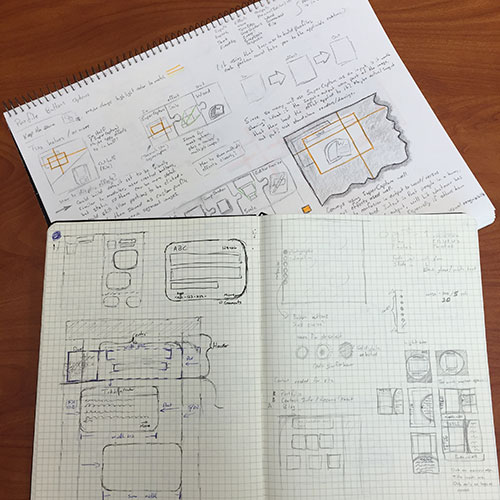 Knowing where you’re going is as important as knowing where you are. Defining what success looks like for a project ensures that you have a clear direction to avoid going in circles, perpetually redesigning the same interfaces. This means doing research into the problems your users are actually having and not just what you think or expect.
Knowing where you’re going is as important as knowing where you are. Defining what success looks like for a project ensures that you have a clear direction to avoid going in circles, perpetually redesigning the same interfaces. This means doing research into the problems your users are actually having and not just what you think or expect.
Depending on the audience this can take the form of interviews, user tests, surveys, persona generation, workshops, or even design sprints. The more the better, but in the end the methodology doesn’t matter as much as the insights gained from real people, in the real world, trying to deal with their real lives.
Once you are armed with these insights it becomes possible to begin working on what the users need and not just what they say they want.
People put undue emphasize on the list of tools they know or software they have experience with, but technology changes too rapidly for such list to have value. Today’s React, Figma, and ChatGPT may yet become tomorrow’s jQuery, Balsamiq, and Drupal (which were yesterday’s Front Page Extensions, MacPaint, and Geocities). Flexibility and being able to learn new tools are far better than forcing every project into the same mold.
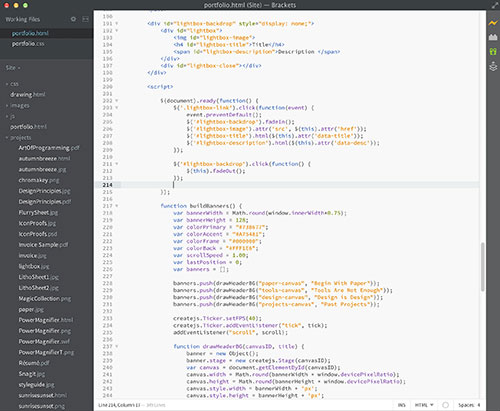 I am an extremely quick study, and spend a lot of my free time reading and exploring other facets of design and UX from form design to video games and everything in between.
When it comes to mocking up ideas, I’m comfortable with prototypes of any kind from napkin sketches to complex rapid prototyping in HTML/CSS/JS. I have a background in programming, and being able to live in both the design and development worlds lets me quickly see what will work and what won’t be worth the effort. It can be enjoyable to meticulously plan something out on paper or pixels, but it’s often not worth it unless you can be sure it will withstand user testing.
I am an extremely quick study, and spend a lot of my free time reading and exploring other facets of design and UX from form design to video games and everything in between.
When it comes to mocking up ideas, I’m comfortable with prototypes of any kind from napkin sketches to complex rapid prototyping in HTML/CSS/JS. I have a background in programming, and being able to live in both the design and development worlds lets me quickly see what will work and what won’t be worth the effort. It can be enjoyable to meticulously plan something out on paper or pixels, but it’s often not worth it unless you can be sure it will withstand user testing.
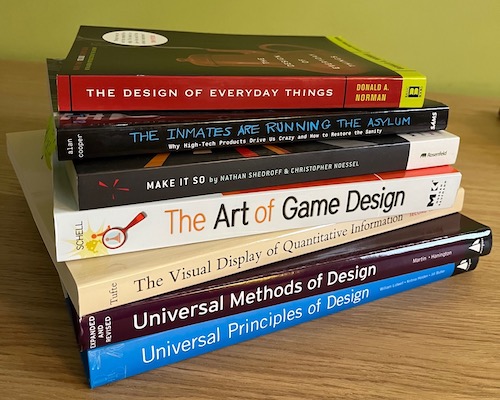 The 10 principles for good design immortalized by Dieter Rams are the best example of the universality of design. They apply to everything whether you are creating software, physical objects, graphics, video games, wayfinding, or anything in between.
The 10 principles for good design immortalized by Dieter Rams are the best example of the universality of design. They apply to everything whether you are creating software, physical objects, graphics, video games, wayfinding, or anything in between.
While it’s tempting to segregate design into disciplines based on the medium, there is substantial overlap. Inspiration can come from anywhere and often the best ideas come from cross-pollinating and seeing old assumptions in a new light. While I may never have the depth in other design fields as I do in software, I still try to pay attention to other realms like typography, game design, and education.

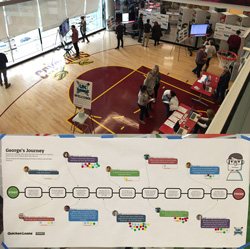 The First UX Expo
The First UX Expo Internal Software Style Guide
Internal Software Style Guide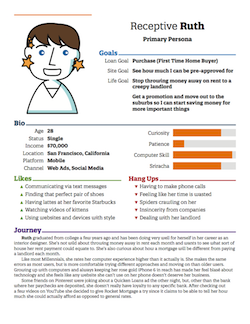 Early Rocket Mortgage Personas
Early Rocket Mortgage Personas-th.png) Sample User Feedback Presentation
Sample User Feedback Presentation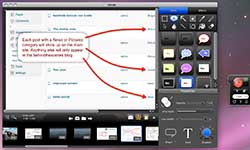 Snagit Mac v1.0
Snagit Mac v1.0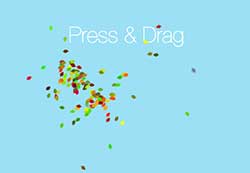 Autumn Breeze
Autumn Breeze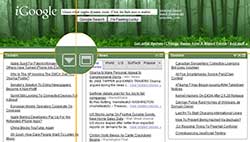 Magnifier Prototype
Magnifier Prototype Design Principle Reference Cards
Design Principle Reference Cards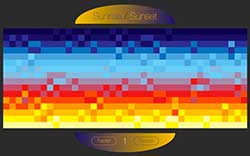 Sunrise / Sunset
Sunrise / Sunset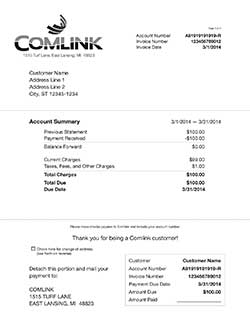 New Invoice Design
New Invoice Design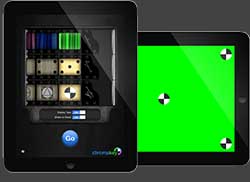 Chromakey
Chromakey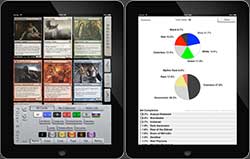 Magic Collection
Magic Collection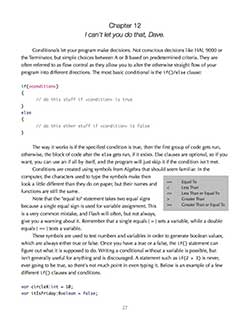 Art of Programming
Art of Programming